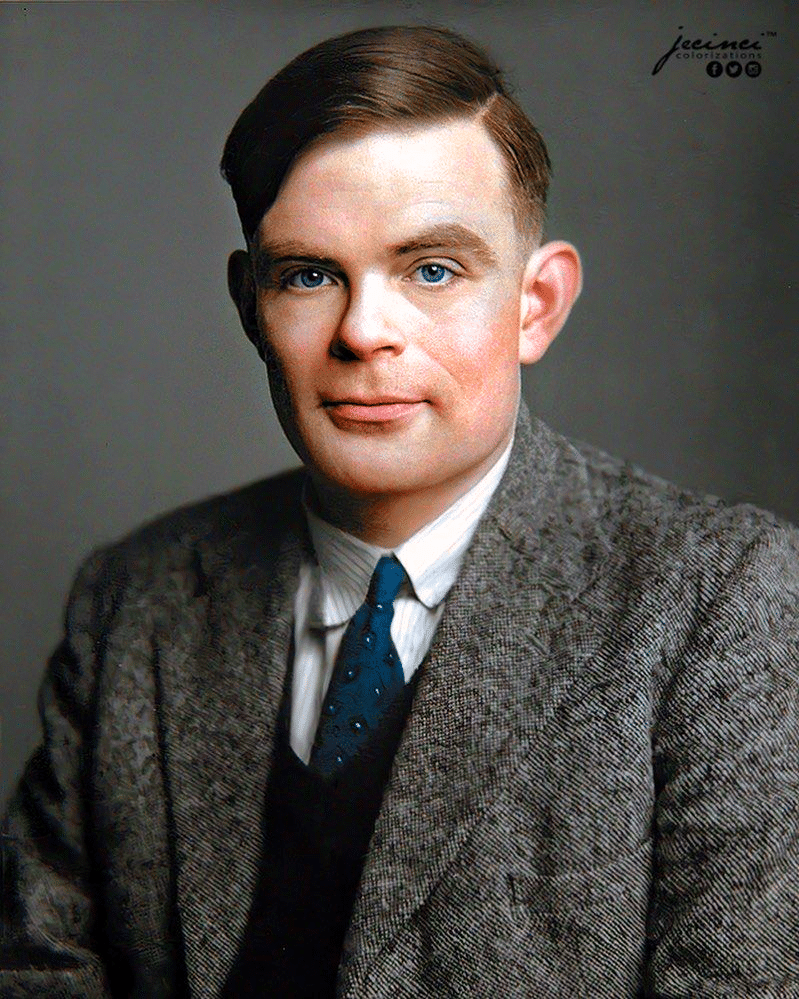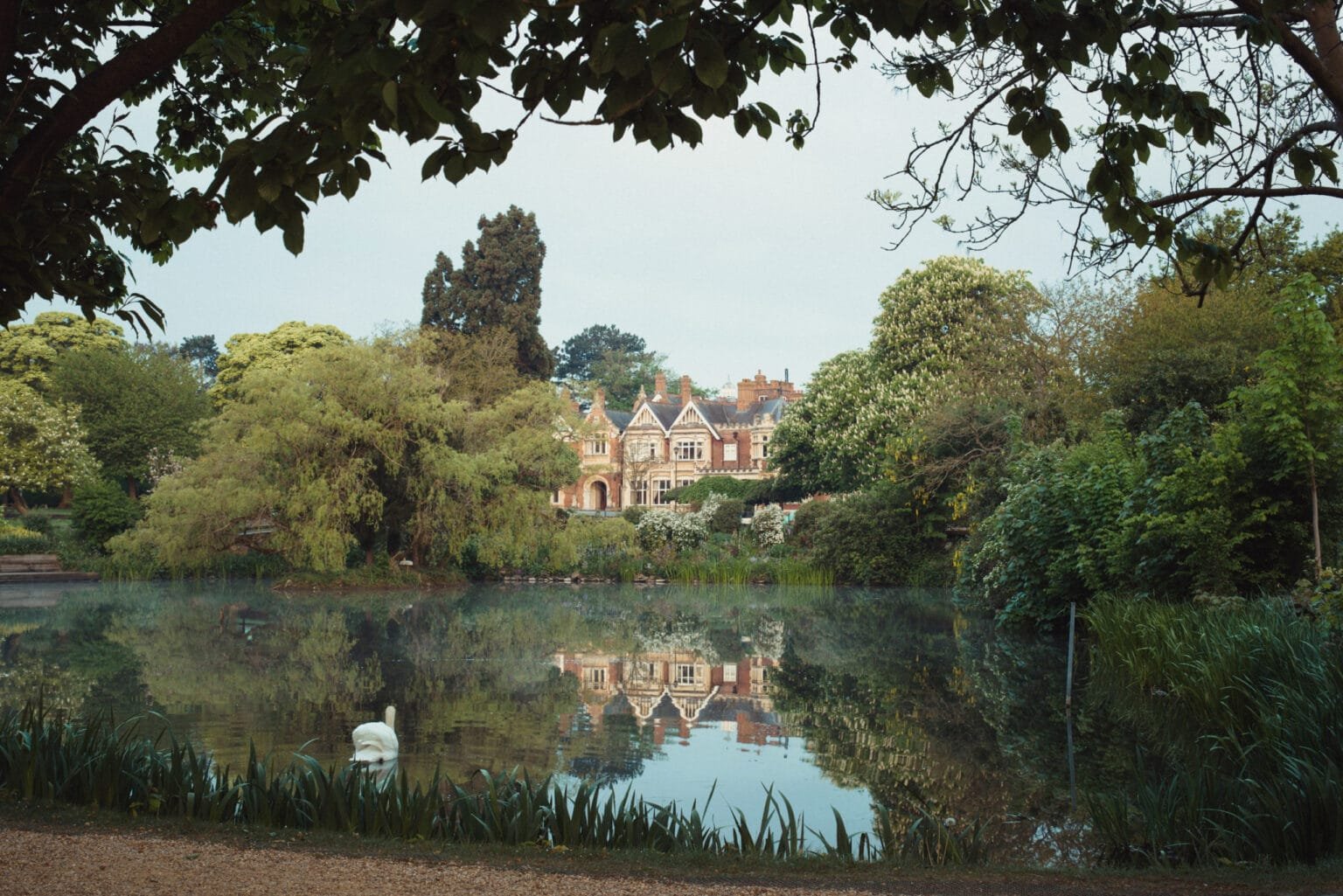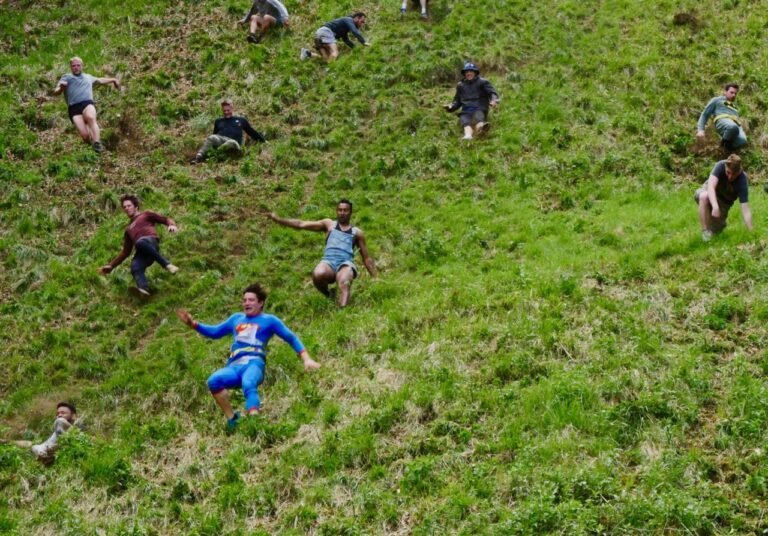
Bletchley Park
HM The Queen visited Bletchley Park on 15 July 2011. She said, ‘It is impossible to overstate the deep sense of admiration, gratitude and national debt that we owe to all those men and, especially, women. They were called to this place in the greatest of secrecy – so much so that some of their families will never know the full extent of their contribution.’
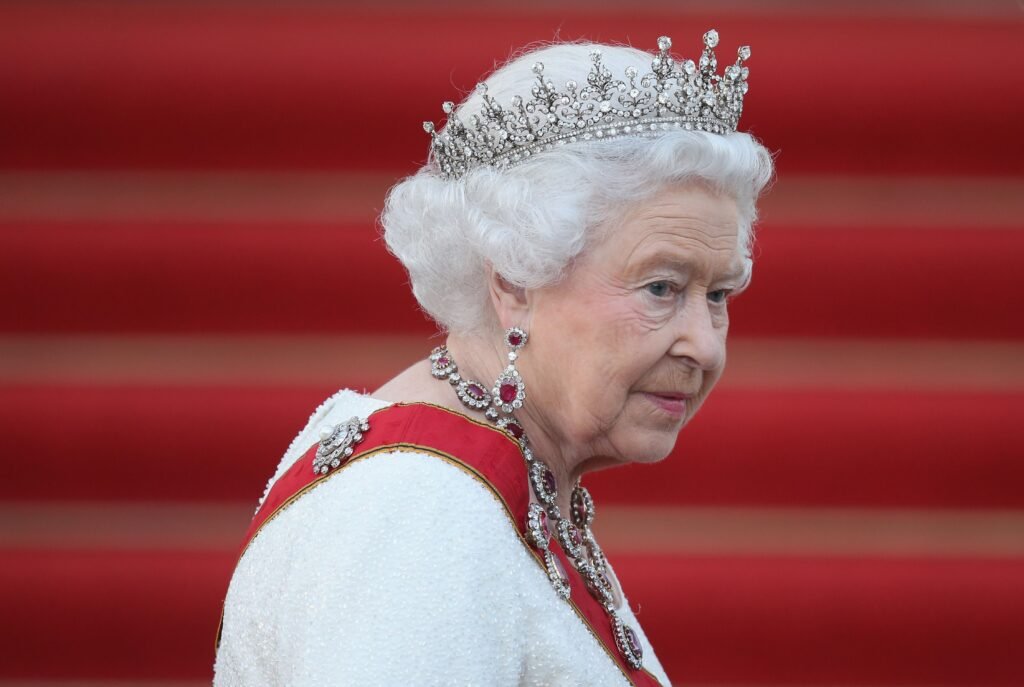
During World War I, Britain developed a significant Signals Intelligence organisation (Sigint) that monitored enemy radio communications. The Government Code and Cypher School (GC&CS) was established at the close of WWII and grew over the next two decades. During World War II, Bletchley Park housed the British codebreaking operation and is classed as the foundation of modern computing.
Historians estimate that the Codebreakers’ actions cut the conflict in half. it is estimated to have saving thousands of lives and cut the war in half by two years. Around ten thousand people worked at Bletchley Park and it’s outstations at its heyday. The Head of MI6 purchased Bletchley Park in 1938 and a group from MI6 and the Government Code and Cypher School (GC&CS) spent a month at Bletchley Park in August.
Staff at Bletchley Park worked eight-hour shifts, from 8 a.m. to 4 p.m. on weekdays, 4 p.m. to midnight on weekends, and midnight to 8 a.m. on holidays (nights). There was also a library, theatrical club, music and choral organisations, as well as bridge, chess, fencing, and Scottish dancing at Bletchley Park Recreational Club. Many romances flourished at Bletchley Park, with a fair few couples marrying later in life.
They had all signed the Official Secrets Act, though, and had kept their promise of silence until the 1970s, when the storey of what had been accomplished here began to emerge. Because they were pledged to secrecy, some Veterans are still keeping quiet about their role in the codebreaking operation.
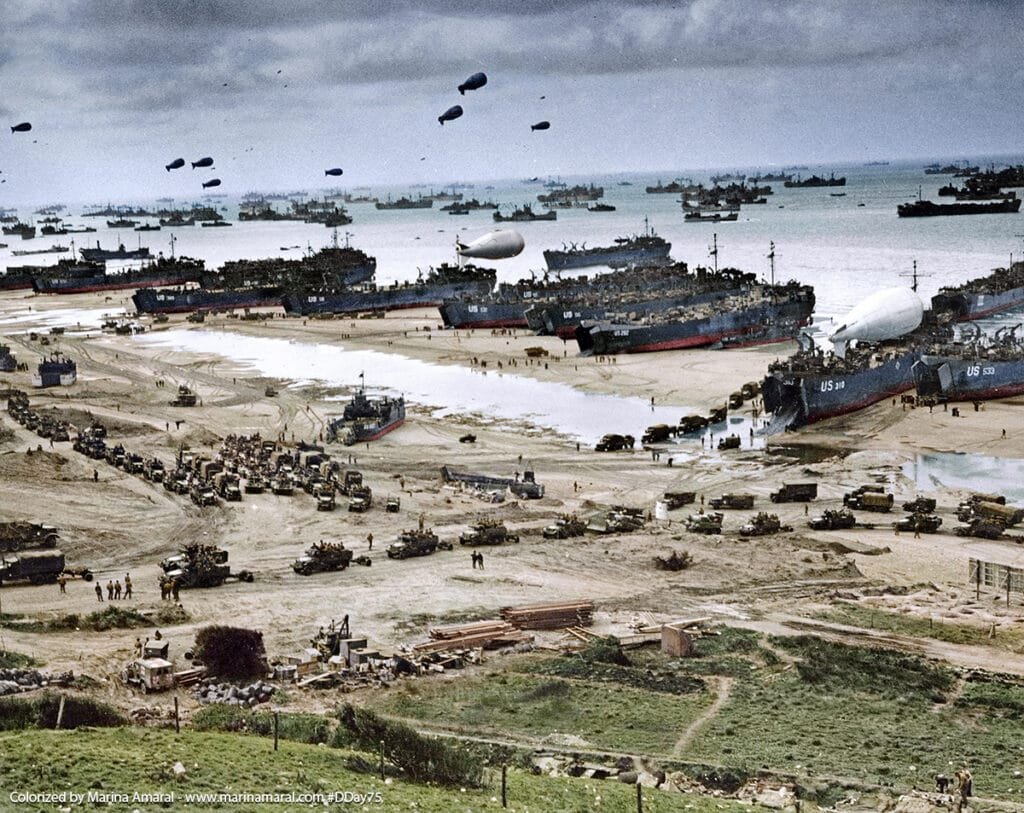
Day Day-
The D-Day landings, which took place on June 6, 1944, were made possible by Bletchley Park.
The German High Command was induced to believe that the Allied intention to invade Normandy was actually a diversion from the true aim, the Pas de Calais, through the Double Cross (XX) deception, dubbed Operation Fortitude South. The Allies were able to land in Normandy while the Germans waited for them in fortified Calais as a result of this deceit.
One of the most successful and crucial deception techniques used throughout the conflict was Operation Fortitude South.
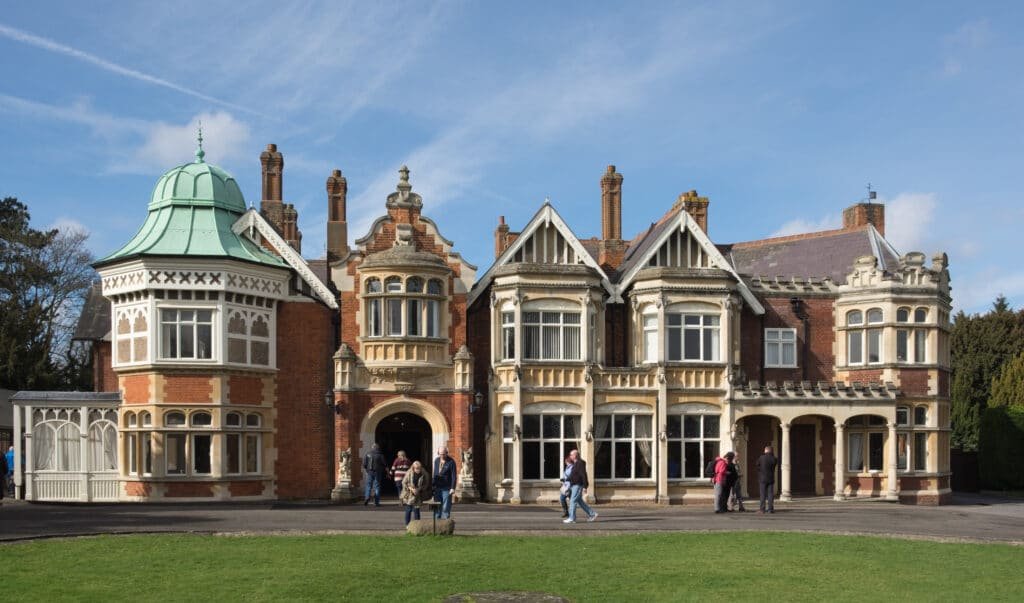
“Action this day! Make sure they have all they want on extreme priority and report to me that this has been done”.
Sir Winston Churchill
In 1941, a group of codebreakers wrote to Winston Churchill, requesting greater resources to ensure that the crucial codebreaking job could keep up with demand. “Action this day!” Churchill said to an aide. Make sure they have everything they desire as a top priority, and then report back to me.”
As the huts’ importance rose, so did their staffing requirements, to the point where, by the end of the war, Hut 3 was no longer just a single wooden structure, but a collection of locations and buildings around the Park.
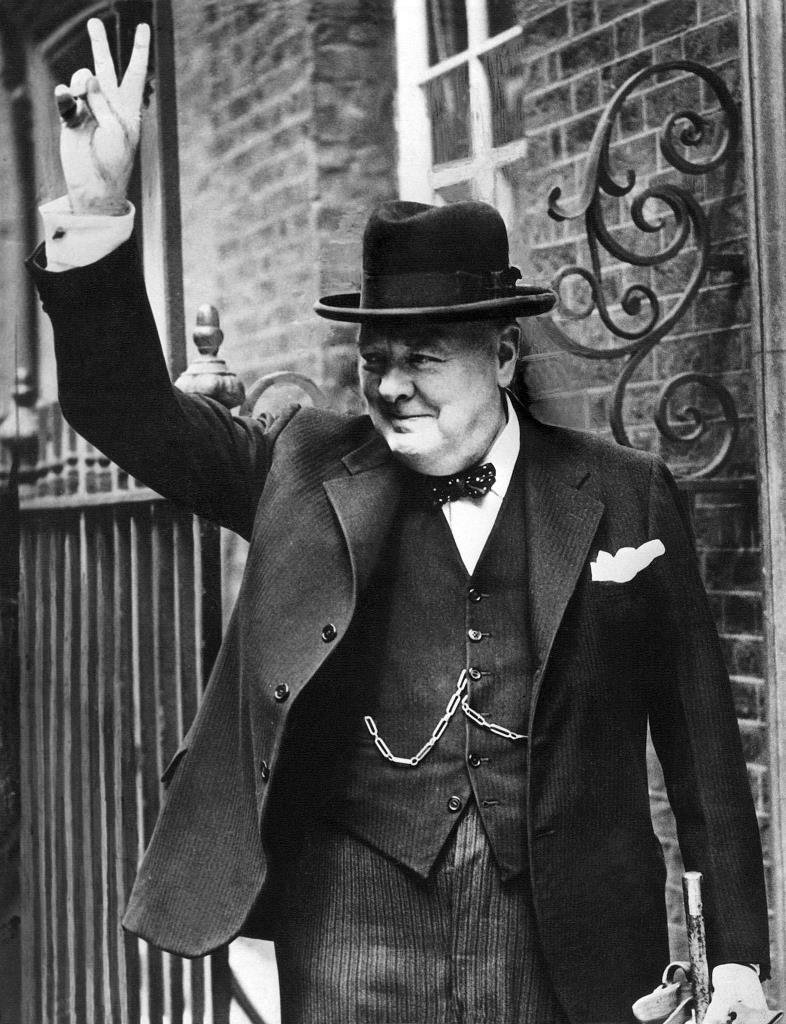
Bletchley Park had grown from a modest community of cryptographers to a massive and complicated global signals intelligence factory by early 1943. Around ten thousand individuals worked at Bletchley and its accompanying outstations at its peak in 1944.
Alan Turing and Gordon Welchman created the BOMBE machine to speed up the decryption of Enigma signals so that, once decrypted, they could offer operationally valuable intelligence.
The ‘bomba,’ an earlier machine built by the Polish Cypher Bureau, was the inspiration for the Bombe. By removing the many wrong alternatives, the Bombe assisted in deducing the day’s Enigma settings, both for the rotors and the plug board.
Hut 11 and Hut 11a, which were completed in March 1942, were designed expressly to house the Bombe machines; both huts were made of concrete to provide additional protection to these valuable machines.
